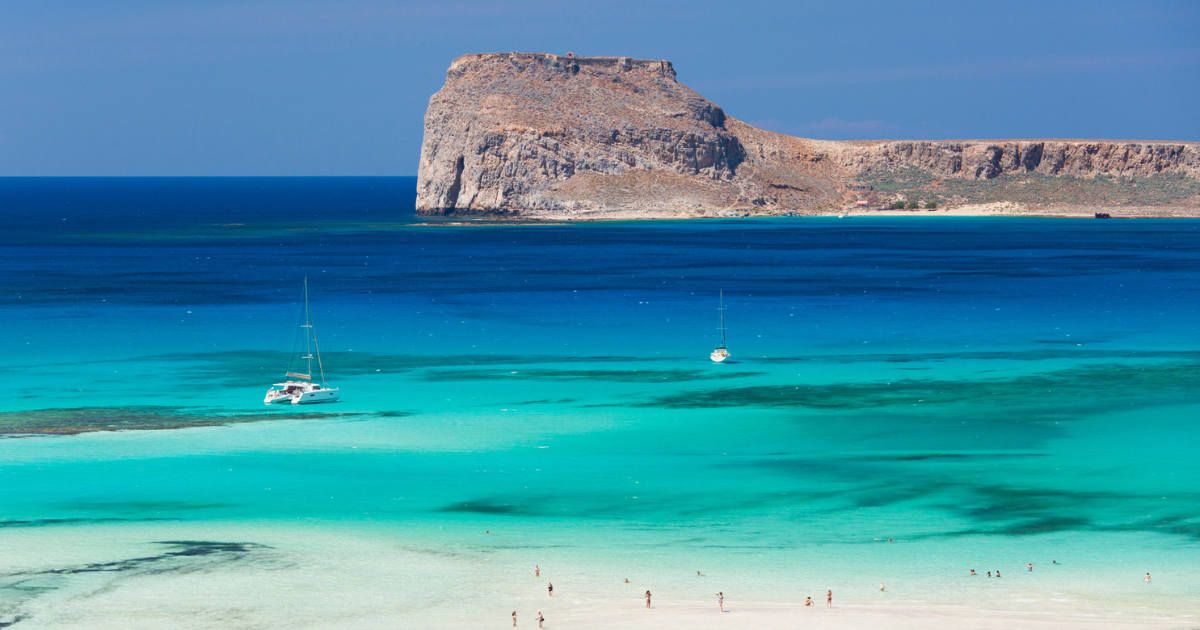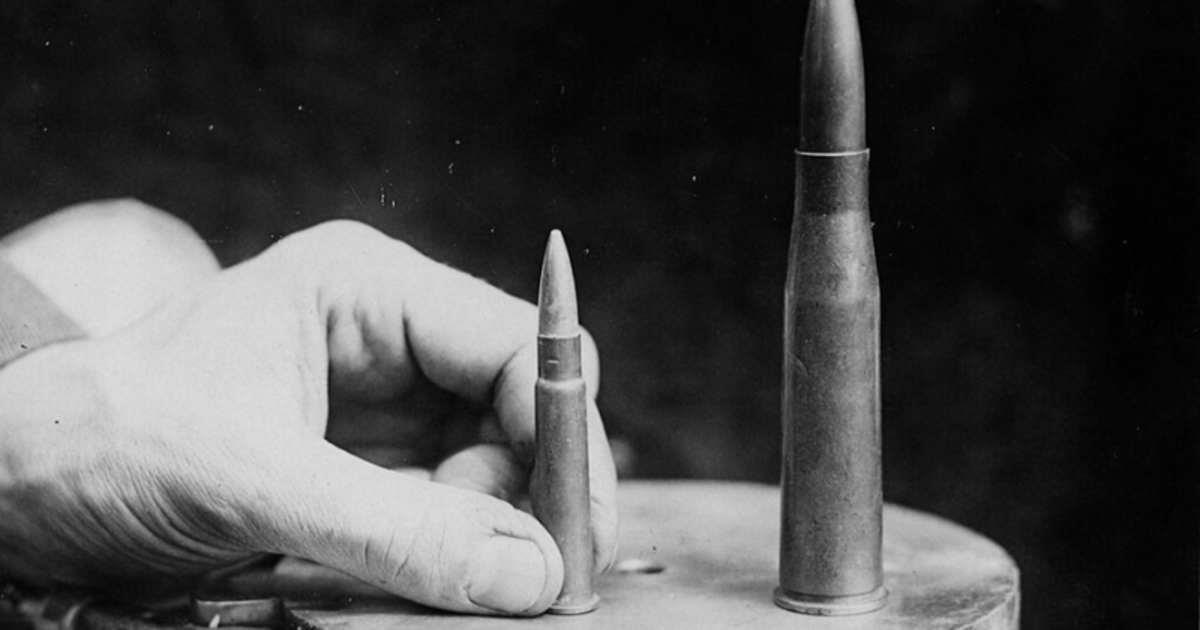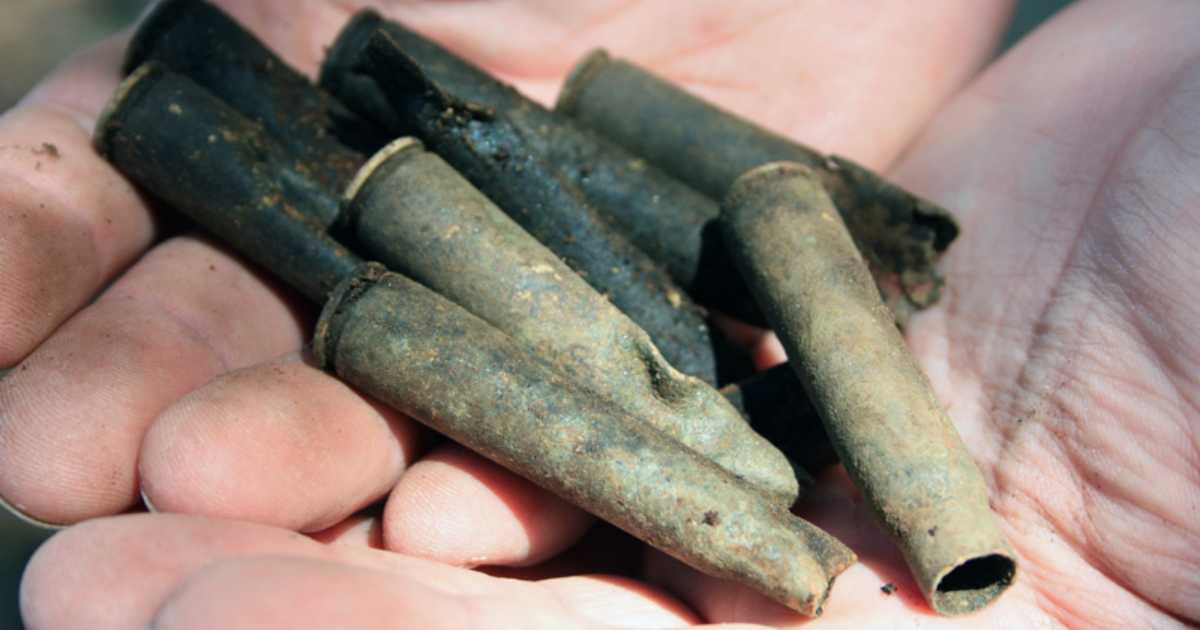
Numerous adventurers are heading to this Greek island in search of remnants from World War II linked to the 'Battle of Crete'
Crete in Greece is more than just the well-known setting for numerous Greek myths; it also played a significant roleduring World War II. The island was the site of the significant 1941 Battle of Crete, where German paratroopers initiated one of the earliest large-scale airborne assaults in history. Now, it is home to numerous wartime relics, such as arms and personal effects, drawing in both collectors and history enthusiasts. In this location, a small but dedicated group strives to maintain the traces of a conflict that shaped the course of the war, as noted byNational Geographic.

The Significance of Crete in World War II
The clash on Crete involved a German air assault against the Greek island throughout World War II, as perBritannica. It occurred between May 20 and June 1, 1941. Following the ineffective British operation in Greece, some British and Commonwealth troops were withdrawn to Crete. The island held strategic significance because it managed critical shipping lanes to the Black Sea and the Middle East.
Nazi Germany possessed air dominance and decided to exploit it by conducting a large-scale attack using elite paratroopers and glider forces. Despite the fact that the British, Commonwealth, and Greek defenders had a numerical advantage, they were not a cohesive force and suffered from poor communication and a lack of heavy weaponry. The invasion of Crete marked the first major airborne assault in military history. Although the Allies saw the Battle of Crete as an inspiration for their own efforts,airborne forces, these major German losses caused Adolf Hitler to restrict additional large-scale air operations.
The Reflections on Wealth
Following the war, the area is filled with remnants from World War II. "I purchased this helmet from an older man in Daratsos village, roughly a kilometer away," said Stelios Tripalitakis, a treasure seeker in the region. He is a member of a team of amateur historians and military enthusiasts dedicated to locating andpreserving artifactsFrom the 1941 Battle of Crete. He resides with his family of four in Galatas, a tiny village. The Galatas region was one of the key sites of conflict during that period. Tripalitakis became aware of it when he was only nine years old, and he started gathering artifacts at the age of sixteen. He recognized the helmet he discovered by relying on two original photos that depicted the temporary burial site of a German lieutenant.

Both photographs show the helmet from the same perspective, clearly displaying the bullet entrance hole, which is the same size and location as the one I own," he said. "My family owns a bakery in Rethimno, and I used to listen to many war tales from our customers, most of whom were about 70 years old back then," said fellow collector Dimitris Skartsilakis. "Both of my grandmothers also told me stories from that time. That's how my interest in this began.
Efforts to Maintain Historical Records
This period in history significantly shaped Cretan identity, as per theBBC. Even the smallest villages have a monument. Skartsilakis is currently in the process of working with theHistorical Museum of CreteFor an exhibition, "If it weren't for us, much of this material would have been discarded as waste and lost forever." Guided by historical records, local stories, and instinct, Tripalitakis has visited Crete's battlefields on multiple occasions. Historian Yannis Skalidakis points out that the Battle of Crete might be the most documented event of the war, as "nearly all the Germans carried cameras... leading to an exceptionally detailed visual collection." Using these photographs, Skartsilakis discovered relics. "It's often surprising to see that, even after 80 years, bullet casings remain on a wall where soldiers once stood."
It's no surprise that these images command high prices. One of the earliest private collections accessible to the public was the War Museum Askifou in Sfakia, established by Georgios Hatzidakis in 1946 and currently overseen by his son Andreas. "My father began this when he was 16, right after the war concluded," Andreas remembered. "The Germans killed one of his sisters, and my grandfather was part of the resistance." Now, the family displays thousands of items in their residence as Andreas and his son keep searching. "It's crucial for the older generations to recall, and for the younger ones to understand," he mentioned.
